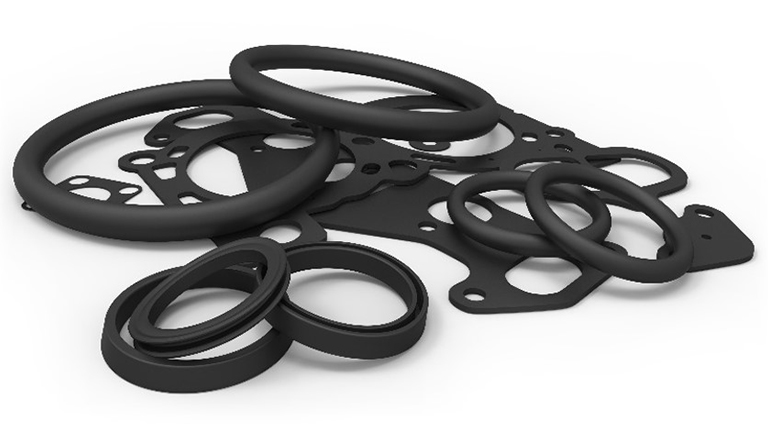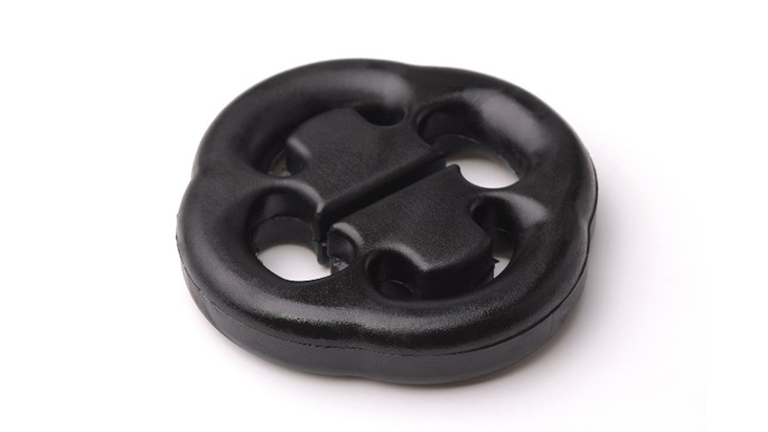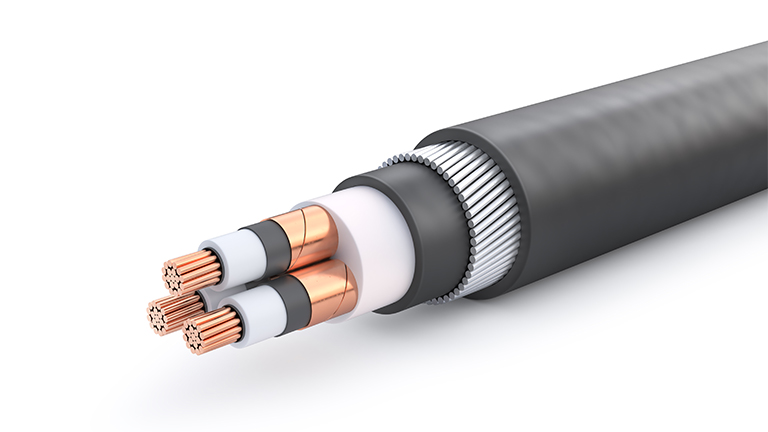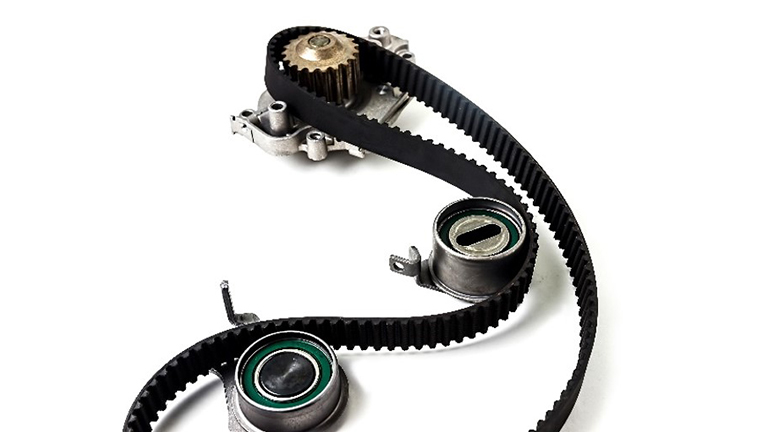Applications
VNB-EPT exhibits superior characteristics to conventional EPDM at high temperatures,
and also features environmental advantages such as resource conservation through improved product durability
and reduced CO2 emissions during processing due to improved vulcanization efficiency.
It has a track record of various applications as an alternative to EPDM, EPR, acrylic rubber, and silicone rubber.
Conveyor belt (covering layer)
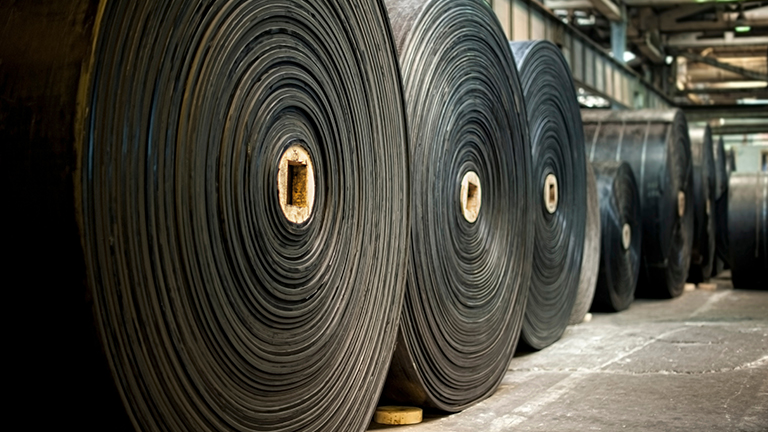
- Advantages of VNB-EPT
- Heat aging resistance, wear resistance, long product life
- Required properties
- Heat aging resistance, wear resistance, high strength
- Conventional materials
- EPDM、EPR
- Recommended brands
- PX-008M
Conventional EPDM typically has a heat resistance temperature of 150℃. By using VNB-EPT for the covering layer on the surface of the conveyor belt, an improvement in heat resistance temperature can be expected.
In addition, VNB-EPT has excellent wear resistance, extending the service life of the conveyor belt compared to conventional products.
It also contributes to resource saving by reducing the number of product replacements.
Heat-resistant hose
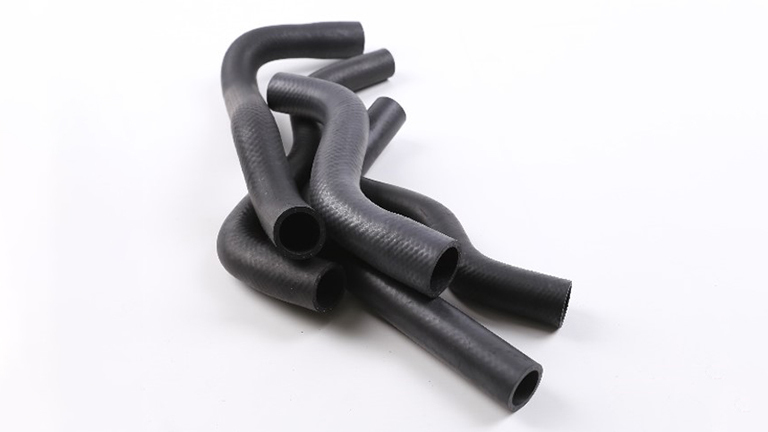
- Advantages of VNB-EPT
- Heat aging resistance, siloxane-free
- Required properties
- Heat aging resistance, high strength
- Conventional materials
- EPDM, acrylic rubber, silicone rubber
- Recommended brands
- PX-008M、PX-009M
As needs for automotive parts diversify, VNB-EPT can be expected to be used for hoses with higher heat resistance requirements than conventional EPDM.
VNB-EPT has the same heat resistance as acrylic rubber.
In addition, by replacing silicone rubber, we can improve upon the volatility of siloxane gas, which has been a problem in the past.
In this way, VNB-EPT can be used as an alternative to other types of rubber, such as acrylic rubber and silicone rubber, depending on the required physical properties.

